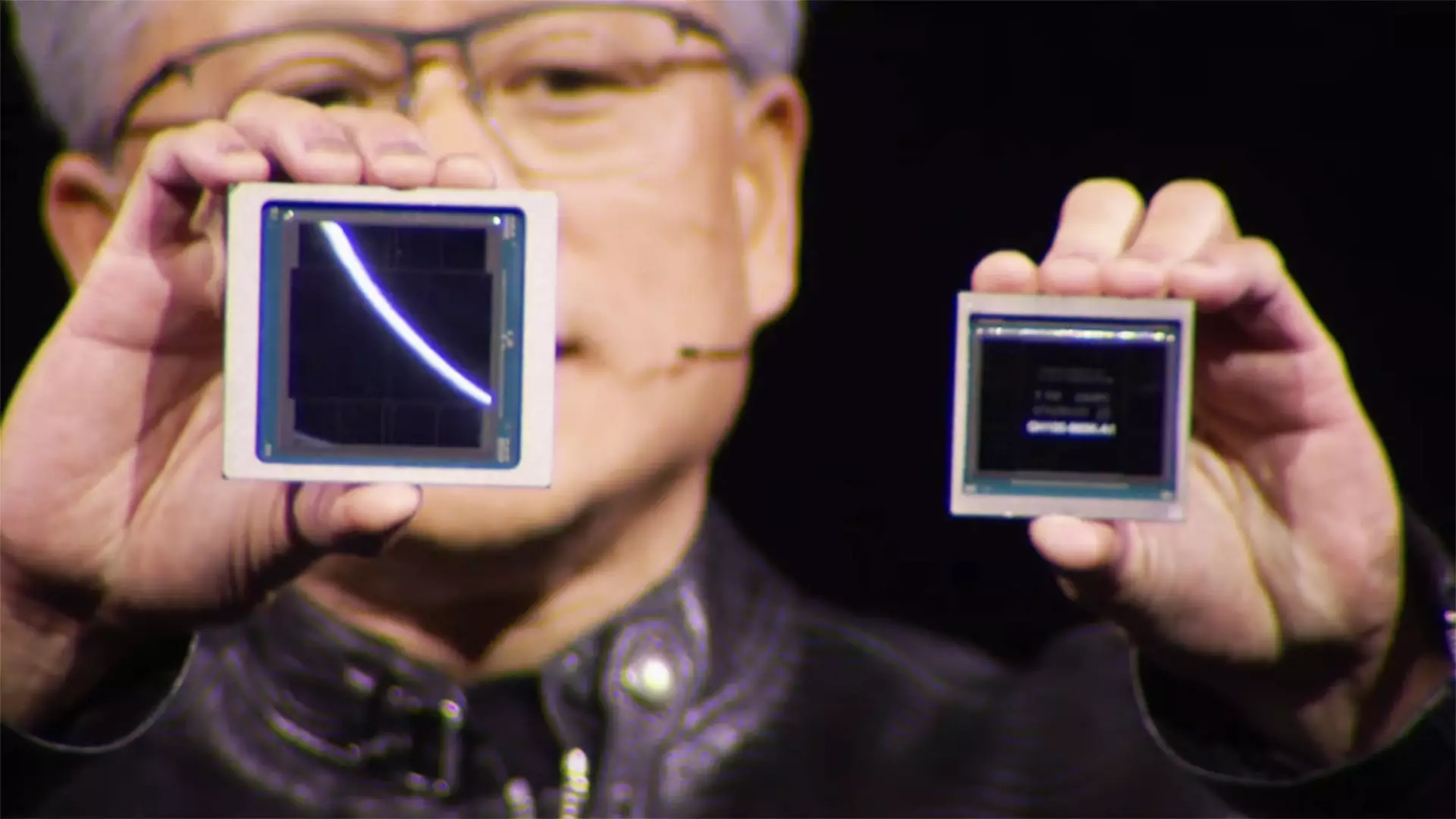Nvidia, a leading player in the technology arena, is raising the alarm regarding the ramifications of the United States’ chip export restrictions to China. Initially, Nvidia’s approach was less pointed, encompassing broader concerns. However, in recent statements, the company has taken a more direct stance, emphasizing the tangible impacts these restrictions have on its competitiveness and innovation. At the core of Nvidia’s critique is an observation made by Bill Dally, Nvidia’s chief scientist and senior vice president of research, indicating that restrictions have catalyzed Huawei’s aggressive recruitment of former Nvidia AI researchers. This is not merely an anecdotal observation; it signals a shift in the AI research landscape, with implications not just for Nvidia but for the global tech ecosystem.
The Numbers That Matter
Data presented by Dally offers a stark depiction of this shift. In 2019, one-third of the world’s AI researchers were based in China; today, that figure has surged to nearly fifty percent. This rapid increase can be directly correlated to the restrictive policies imposed by the U.S. government. These export controls have inadvertently pushed Chinese tech companies like Huawei to ramp up their domestic AI research and development efforts, a strategy they might not have pursued as vigorously had unfettered access to Nvidia technology been available.
For the U.S., this raises a critical question about the effectiveness and foresight of such export restrictions. While they are meant to safeguard national interests, they may be inadvertently fueling the growth of competitors who are swiftly closing the technological gap. As Huawei forges ahead with its innovations, U.S. policymakers must grapple with the prospect of a more formidable Chinese tech sector—one that is rapidly maturing due to enforced isolation from major tech players like Nvidia.
Nvidia’s Financial Implications
It’s important to note that the stakes here are not only national but also financial for Nvidia. The company has acknowledged facing significant revenue losses due to these restrictions, with predictions of an $8 billion downturn expected in Q2 following an earlier loss of billions associated with the ban on its H20 chips. The financial ramifications highlight an unfortunate paradox: while the U.S. aims to protect its technological supremacy, its actions are simultaneously endangering the very companies it seeks to safeguard.
Jensen Huang, Nvidia’s CEO, acknowledged the shifting dynamics during the recent Computex event, noting that AI research is persistent in China. He openly stated that if there’s a shortage of Nvidia chips, researchers will naturally pivot toward developing alternative technologies. This acknowledgment not only emphasizes Nvidia’s concern over its dwindling market influence but also reveals the fluid nature of innovation—an environment ripe for disruption as talents migrate and adapt outside the company.
The New Era of Competition
Huawei’s technological advancements, particularly evident in its Ascend 910 and 920 chipsets developed via Semiconductor Manufacturing International Corporation (SMIC), represent a substantial leap in China’s quest for AI self-sufficiency. As former Nvidia talent joins forces with Huawei, it paints a picture of an escalating arms race not just in hardware but also in intellectual capital. The idea that companies like Nvidia could be playing a role in nurturing future competitors through attrition raises a notion that reverberates throughout industries: the relentless pursuit of talent and development knows no borders.
While Nvidia’s interest in publicizing these concerns might be rooted in a desire to influence U.S. policy, it underscores an essential truth within the tech industry: competition breeds innovation. Nvidia’s critique of export restrictions may come off as self-serving, but it also delineates the challenges of a globally interwoven tech landscape.
The Intricacies of Talent Mobility
Interestingly, Nvidia’s strategic moves in recruiting talent also reflect a somewhat ironic double standard. While it laments the poaching of its ex-researchers, Nvidia itself actively courts specialized employees from industry giants like TSMC with attractive compensation packages. This competitive behavior highlights the intricate dynamics at play, where companies are simultaneously battling for innovation and talent, even as they express concerns over the flow of expertise across borders.
In essence, this scenario illustrates the paradox of a globalized industry: restricting access may not contain the spread of technological innovation but rather propel it in unintended directions. As Nvidia navigates this rocky landscape, its responses and adaptations will not only shape its trajectory but also profoundly influence the global technology ecosystem in the years to come.


Leave a Reply